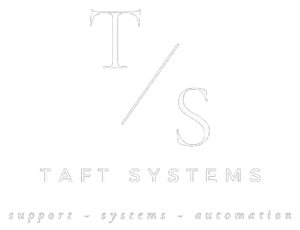
Keys to Success When Setting Availability for Yourself and Your Business
Keys to Success When Setting Availability for Yourself and Your Business
As a business owner, your time is one of your most valuable resources. Balancing your availability with the needs of your clients, customers, and business operations is essential for success. Setting the right availability ensures that you’re accessible when needed while avoiding burnout. Here are a few keys to achieving this balance, along with actionable steps and resources.
One of the biggest challenges business owners face is being "always on." While it's tempting to respond to clients or work late into the night, a lack of boundaries can lead to exhaustion and inefficiency. Unclear availability can result in unrealistic client expectations, missed opportunities for rest, and difficulty focusing on long-term business goals. Make sure to define specific work hours and communicate them clearly. For example, display your business hours prominently on your website and social media profiles.
Knowing when your clients are most likely to need you or your business is critical, so make sure you are available when your services are needed. For example, a coffee shop may need to open early in the morning, while a graphic design studio might see the most demand during regular business hours. You can analyze historical sales or service data to identify peak times or conduct surveys or polls to ask clients when they’d prefer to access your services.
If you can, automate when possible. Automation can free up your time and make your business more accessible. Whether it’s handling inquiries, scheduling appointments, or managing customer service, automation tools ensure your business remains “available” even when you’re not.
Just as your business has operating hours, you should set "office hours" for tasks that require your attention. This includes client calls, team meetings, or project work. Make sure to set “office hours” for yourself, so that you can get important admin work done.
Be flexible, but not overcommitted when creating your schedule. While flexibility is important for accommodating clients and seizing unexpected opportunities, overcommitting can harm your business and personal well-being. Keep a few buffer slots in your schedule for last-minute requests, and set policies for rescheduling or cancellations to protect your time.
Clients appreciate clarity, so set clear hours, and make sure they are broadcasted appropriately. If your availability is ambiguous, it can lead to confusion, frustration, and lost business. Update your website, Google My Business listing, and social media regularly with your hours. Consider including your response time in email signatures or automated replies, e.g., “We aim to respond within 24 hours.”
As your business needs and client demands change over time, it is important to monitor and adjust periodically. Regularly reviewing and adjusting your availability ensures you stay responsive and effective.
Setting availability for yourself and your business isn’t just about being open for business—it’s about creating a schedule that maximizes productivity, keeps clients happy, and maintains your well-being. By defining boundaries, leveraging automation, and staying flexible yet firm, you can strike the perfect balance.
Ready to optimize your schedule and create a balanced availability plan? Schedule a call at TaftSystems.com/Discovery-call and let Taft Systems help you maximize your time and efficiency!














